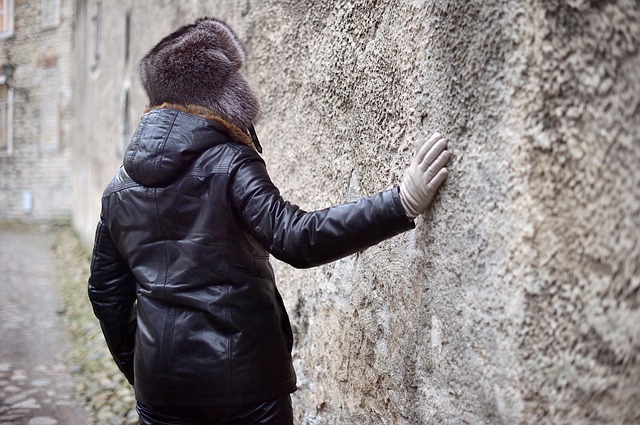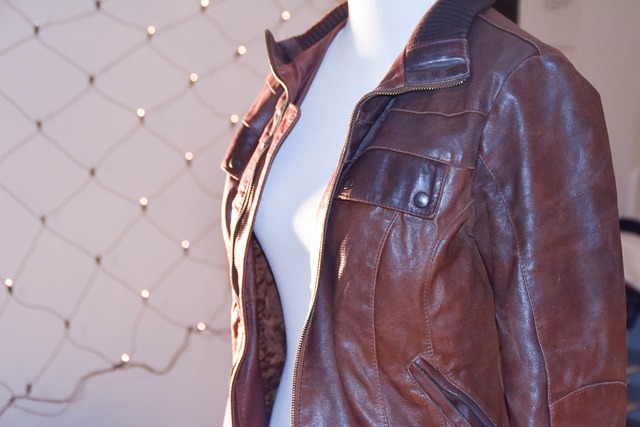Leather jackets are known for ability to age gracefully over time. When made of genuine leather, jackets will develop subtle hints of aging. Known as a patina, it changes both the appearance and physical properties of leather jackets. A patina can make jackets softer while also featuring a lighter, more natural tone. What is a leather patina exactly?
The Basics of a Leather Patina
The term “patina” refers to naturally aged leather. Leather is a strong and durable material that’s prized for its physical properties. Like all materials, though, it’s not immune to hands of time. When properly cared for, leather won’t rip, tear or otherwise succumb to serious damage. It may, however, develop hints of aging.
Leather is like fine wine in the sense that it gets better with age. When exposed to sunlight, as well as the general environment, leather will age. One of the most telltale signs of aging in leather jackets is a lighter tone. A dark brown leather jacket, for example, may gracefully fade to a lighter shade of brown. In comparison, a black leather jacket may fade to a light black or even a gray color. Regardless, leather jackets and other garments are known to develop visible signs of aging — a phenomenon that’s known as a patina.
Some people assume that a leather patina is a specific type of leather, but this isn’t true. A leather patina is simply aged leather. Whether it’s a leather jacket, a leather shirt, a leather dress or any other garment made of genuine leather, it will likely age over time. This aging process is responsible for creating a leather patina.
Why You Should Embrace a Leather Patina
Embracing a leather patina offers several benefits, one of which is increased softness. As previously mentioned, genuine leather typically becomes softer as it ages. All genuine leather is soft. After all, that’s one of the reasons why it’s become such a popular material used in the construction of jackets. Even if your leather jacket is soft, though, it will likely become softer over time. For a superior level of softness, you should embrace a leather patina with your leather jacket.
Many people prefer the appearance of aged leather — or a leather patina — over new leather. If you’ve ever seed an aged leather jacket before, you may recall its unique color. A leather patina, in most cases, has a lighter color that new leather. This is due to generally due to sun exposure, which causes leather to lose some of its natural pigment. The loss of pigment, in turn, results in a lighter color that’s become synonymous with a leather patina. If you enjoy the appearance of light, naturally aged leather, you should embrace a patina with your jacket.
Allowing your leather jacket to age and develop a patina is also easy. It doesn’t require any particular type of leather — other than genuine leather, at least — nor does it require any special products. All it takes is a leather jacket and time.

Tips Allowing Your Leather Jacket to Age
How can you get your leather jacket to develop a patina? Well, you really don’t have to take any special steps other than simply using and wearing your leather jacket on a regular basis. Over time, your leather jacket will develop a patina that changes its appearance and physical properties.
You might be wondering if it’s safe to speed up the formation of a patina by intentionally exposing your leather jacket to sunlight for a prolonged period. Since sunlight is one of the main forces behind the production of a patina, conventional wisdom may tell you that leaving your leather jacket under sunlight will quickly lead to a patina.
With that said, it’s better to err on the side of caution by only exposing your jacket to sunlight when necessary. Yes, leaving your jacket exposed to sunlight for a prolonged period will stimulate the formation of a patina, but it could also damage your jacket by drying out the leather. So, don’t intentionally store or leave your leather jacket in a sunny area with the goal of speeding up the formation of a patina. Instead, let your jacket age naturally so that it safely develops an organic patina.
The key thing to remember is that if you want your leather jacket to develop a patina, you need to wear it. Don’t leave it hanging in your coat closet all year long. Instead, include it in your daily outfits. You don’t have to wear it everyday. Even if you only wear your leather jacket one or two days a week, it will naturally age while developing a patina in the process.
What About a Faux Leather Jacket?
Faux leather jackets, unfortunately, can’t develop the same attractive patina as their genuine counterparts. This is because faux leather, as its name indicates, isn’t really leather. It’s a type of synthetic material with similar properties as plastic. Faux leather looks like real leather from afar, but it’s starkly different in terms of composition. Therefore, faux leather jackets typically don’t develop a patina.
For a true leather patina, you need to choose a genuine leather jacket. Faux leather jackets simply don’t develop the same attractive hints of aging as genuine leather jackets. They may fade slightly, but they won’t achieve a real patina. So, be sure to choose a genuine leather jacket if you’re hoping to develop a patina.
In Conclusion
Leather jackets develop subtle hints of aging over time. Known as a patina, it consists of a softer texture and a lighter tone. Not all areas of a leather jacket will develop a patina, and the strength or boldness of a patina can vary developing on various factors. Regardless, a patina refers to the areas of a leather jacket or garment that have developed visible signs of minor aging.

